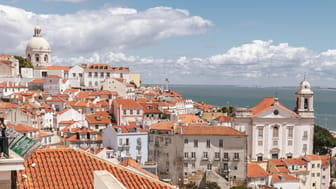Lisbon Cathedral
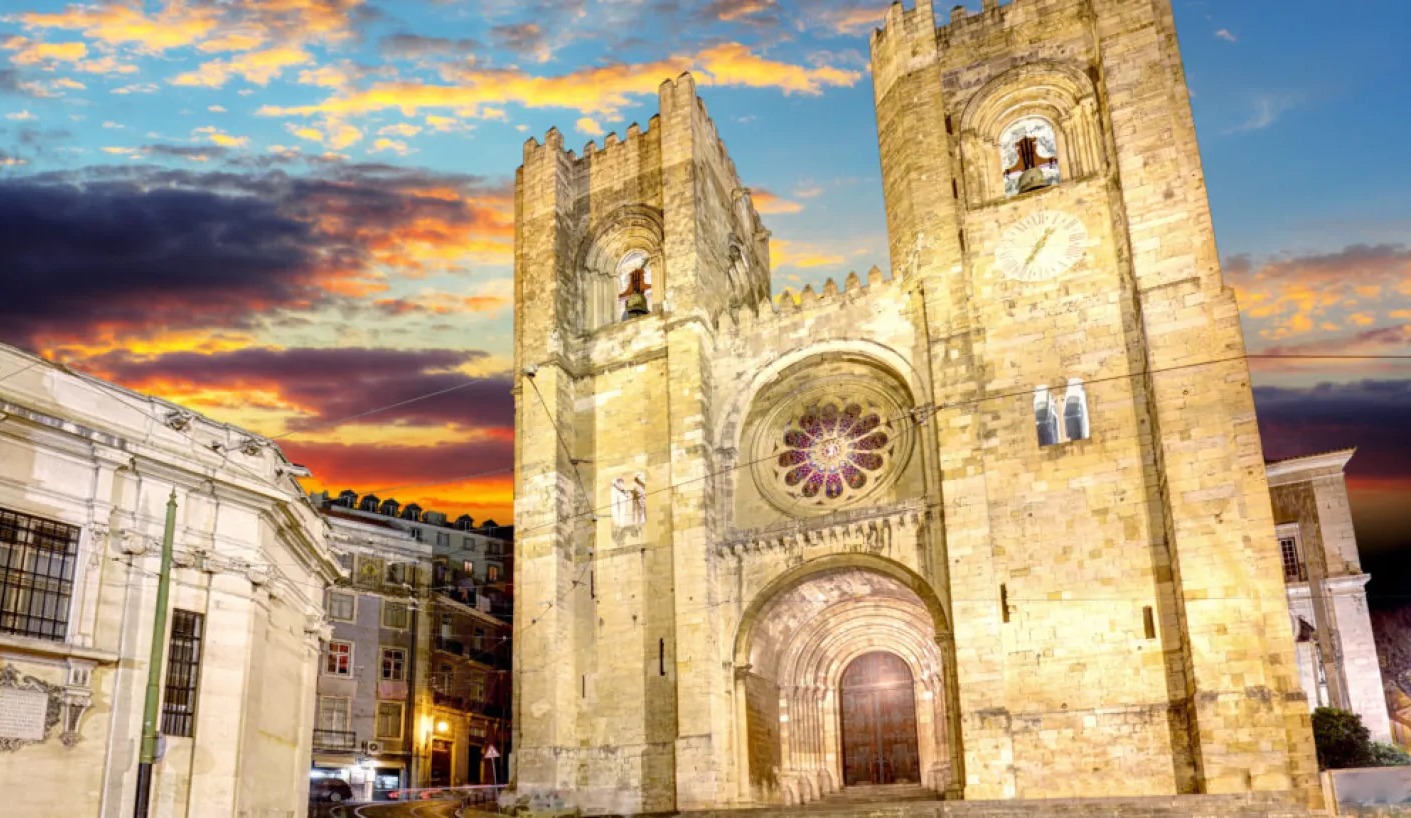
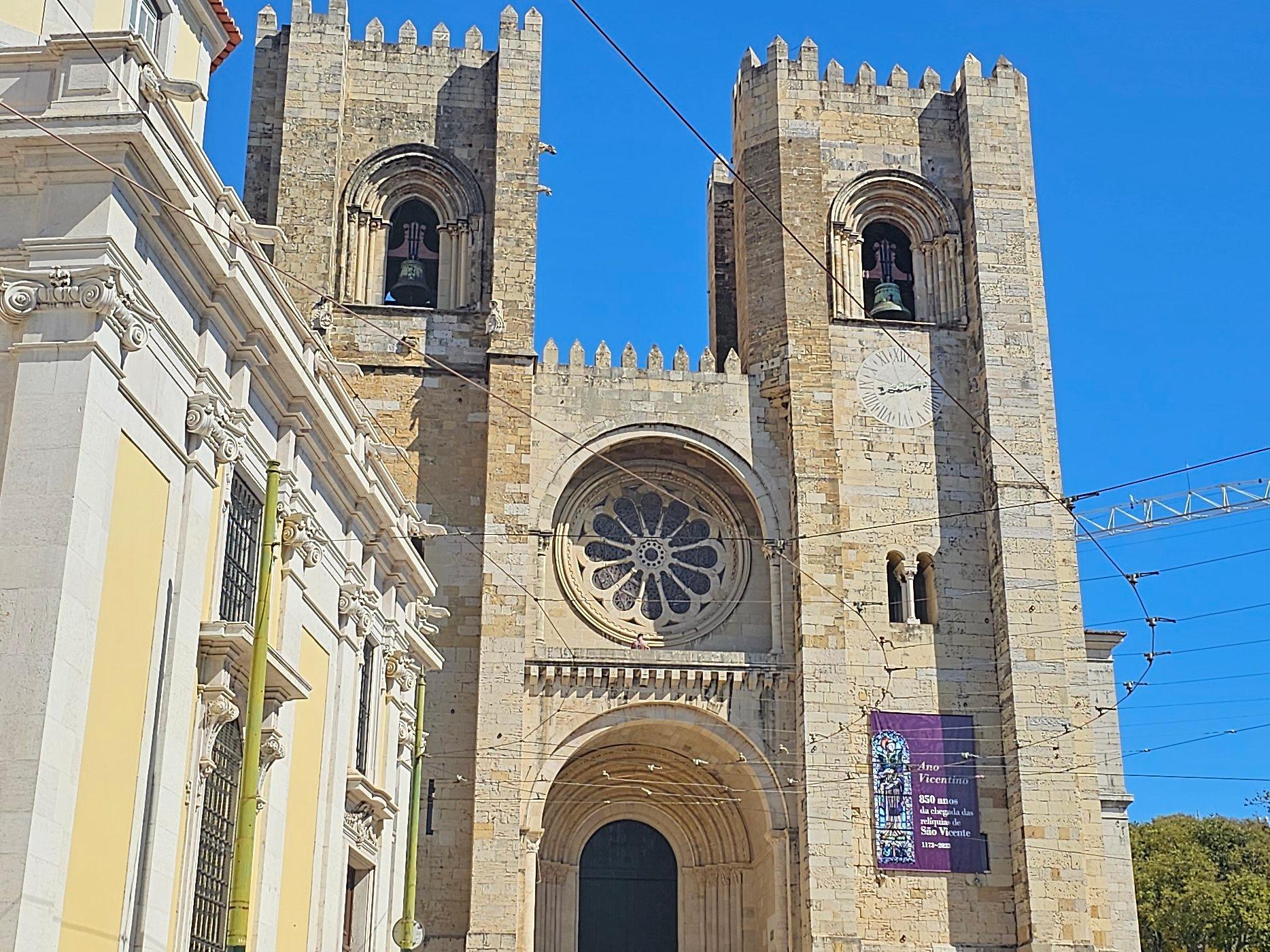
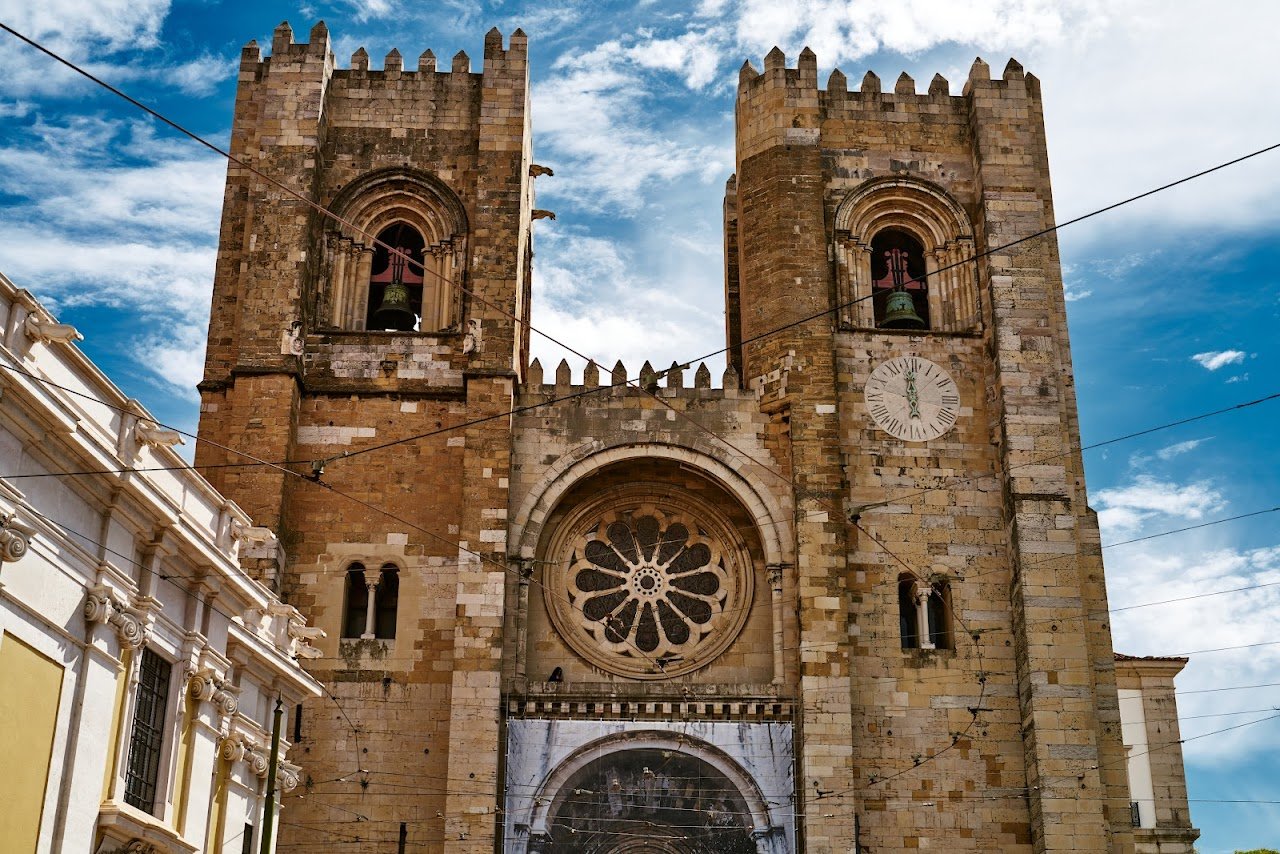
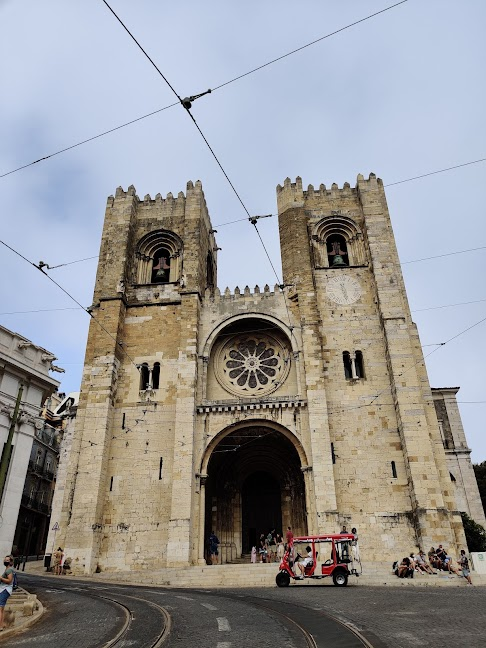
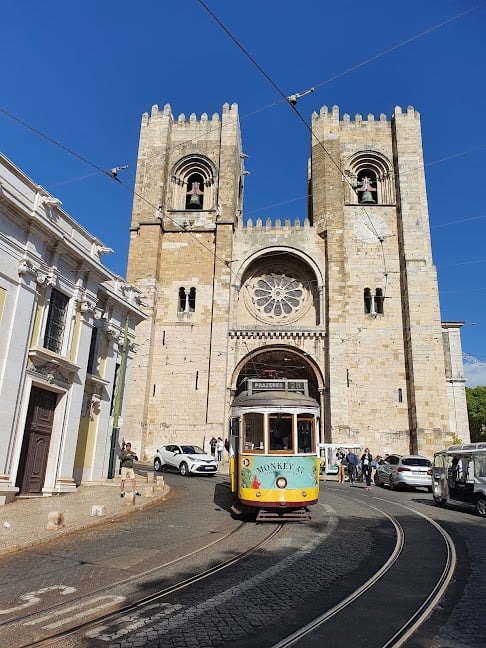
Ask ThatchGPT
Suggest a local expert to plan my trip
Suggest an unique itinerary for my Portugal trip
What foods do Portugal locals eat
What are some true hidden gems in Portugal
Help me brainstorm trip ideas for Portugal
Help me plan a family-friendly trip to Portugal
What people say
Pedro Pereira
Available for hire
"Built during the reign of D. Afonso Henriques, after the capture of Lisbon from the Moors, the Lisbon Cathedral began to be built in 1147, and is therefore considered the oldest church in the current Portuguese capital. The reorganization of the Diocese of Lisbon began shortly after the conquest of the city by the first king of Portugal and the knights of the Second Crusade. An English crusader, Gilbert of Hastings, was then appointed Bishop and the construction of this Cathedral began, on the site where the old mosque was located, with the works completed in the first decades of the 13th century. The original building, in Romanesque style, with a Latin cross plan, with three naves, triforium over the side naves, protruding transept and tripartite chevet, was designed by Master Roberto and presents many similarities with the Old Cathedral of Coimbra, built a few years ago. before. But it underwent many interventions over the centuries: some due to the needs and fashions of each era, others due to the countless cataclysms that devastated Lisbon. The Gothic cloister, for example, was started during the reign of D. Dinis (between 1261 and 1325), having the distinction of being the only one installed at the back of the building. The head with ambulatory was built by D. Afonso IV (between 1325 and 1357), to receive pilgrims who came to venerate the relics of Saint Vincent and create his pantheon, and constitutes the only national Gothic cathedral ambulatory, with its works completed during the reign of D. João I (between 1357 and 1433). Two centuries later, in 1649, a new sacristy was added, in a Mannerist style.
With the great Lisbon earthquake in 1755, part of the building was destroyed. The Gothic chancel, the chapel of the Blessed Sacrament, the roof of the nave, the south tower of the façade and the lantern tower collapsed. Between 1761 and 1785, the Chapel of the Santíssimo was rebuilt. The south tower, the nave roof and the new chancel were built between 1769 and 1771, by the architect Reinaldo dos Santos. At the beginning of the 20th century, the Lisbon Cathedral was also subject to revivalist restorations, which removed several additions from the Baroque period. Augusto Fuschini and António do Couto Abreu then planned a temple based on existing medieval structures. Fuschini rebuilt vaults, restored and opened windows and crowned the building with battlements. With António do Couto Abreu, the vault of the central nave was rebuilt, the facade was restored and the rose window was redone, in addition to other changes that gave the building the neo-Romanesque appearance it has today. Classified as a National Monument since 1910, it was reopened, with pomp and circumstance, in 1940, in the middle of the Estado Novo. Seven years later, the eighth centenary of the conquest of Lisbon from the Moors and the third centenary of Independence were celebrated here. Currently, it is one of the city's ex-libris and one of the most significant monuments in the country: a place of enormous historical value, architectural, religious and spiritual that is worth getting to know better, a place where Faith and History come together."
Silvia De Caro
Available for hire
"The Lisbon Cathedral, known as the Sé of Lisbon, is the oldest and most important church in the city. It dates back to the 12th century and its predominant style is Romanesque. Inside there is a cloister, where the remains of its Roman, Arab and medieval past can be observed. The Treasury is kept in the upper part of the Cathedral: clothes, jewels and relics from different eras.
👣How to get there: reachable on foot from St George's castle (400m, 5min). Tram stop: Limoeiro ,Line 28.
🎟️Ticket cost: cathedral free, ticket for the cloister and treasury museum €5.00 full price, €3.00 under 12, free under 7. "
Read more in:
Lyndsey Kerridge
Available for hire
"The Cathedral of Saint Mary Major often called Lisbon Cathedral or simply the Sé (Sé de Lisboa), is a Roman Catholic cathedral located in Lisbon. It's the oldest in the city, having been built in the 12th century.
It is one of the most significant monuments of Portugal for historical, architectural and spiritual reasons.
However, compared to other cathedrals across the world, it certainly isn't anything impressive.
There is a nominal fee of €2.50 to enter though so you can't complain!"
Read more in:
Mentioned in these guides
About Lisbon Cathedral
Get the inside scoop on Lisbon Cathedral from local experts, travel creators, and tastemakers. Browse genuine trip notes, Lisbon Cathedral reviews, photos, travel guides, and itineraries from real travelers and plan your trip with confidence.
Phone
Save this spot for later or start mapping out a new trip today
Try our AI Travel Assistant and get instant answers to any questions about your trip.
Ask ThatchGPT


